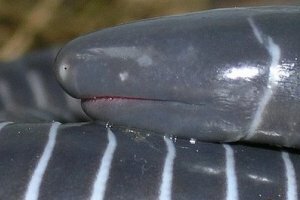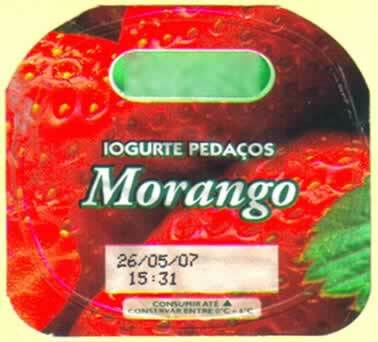When fertilization occurs in animals, the egg cell or zygote is formed. The egg can be classified, according to the calf distribution, in alecites, oligolocytes, mesolocytes, telolocytes and centrolocytes.
→ What is veal?
Veal is a nutritious substance, which can be in large or small amounts in the egg. It is this substance that will help nourish embryonic cells that are at the beginning of development.
The amount of veal present in an egg will determine how the first divisions will occur. This division process, known as segmentation or cleavage, is facilitated in eggs that have less yolk. The less calf, the more homogeneous the division.
→ What are the characteristics of each type of egg?
Using as a criterion the quantity and way in which the yolk is distributed in the egg, we can classify them into alecocytes, oligolectites, mesolocytes, telolocytes and centrolocytes. Now let's look at the main characteristics of each of these eggs.
Alecitos: Alecitic eggs are those that do not have a calf. It is found in placental mammals.
Oligolocytes or isolocytes: These eggs have a small amount of yolk that is evenly distributed throughout the cell. Oligolectic eggs are seen in annelids, flatworms, non-cephalopod molluscs, echinoderms, and lower chordates.
Mesolocytes or heterolocytes: These eggs have a moderate amount of yolk, which is concentrated in a region called the vegetable pole. This egg is typical of amphibians.
Telolects or megalecites: These eggs have a large amount of yolk, which takes up practically the entire cell. In these eggs, the cytoplasm, with the cell nucleus, is restricted to a small region, the germinal disc. This is the type of egg present in cephalopod molluscs, fish, reptiles, birds and also in non-placental mammals.
Centrolécitos: In these eggs, it is observed that the greatest amount of yolk is located in the center of the egg. It is an egg that occurs in most arthropods, especially insects.



